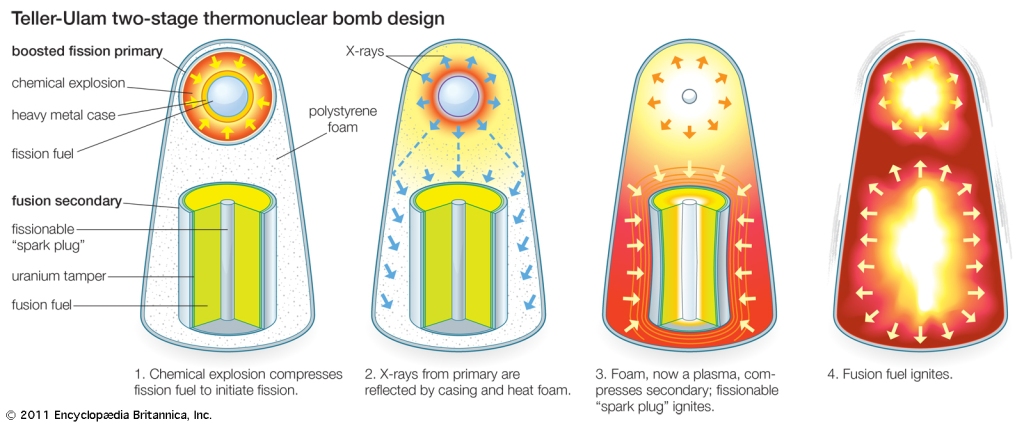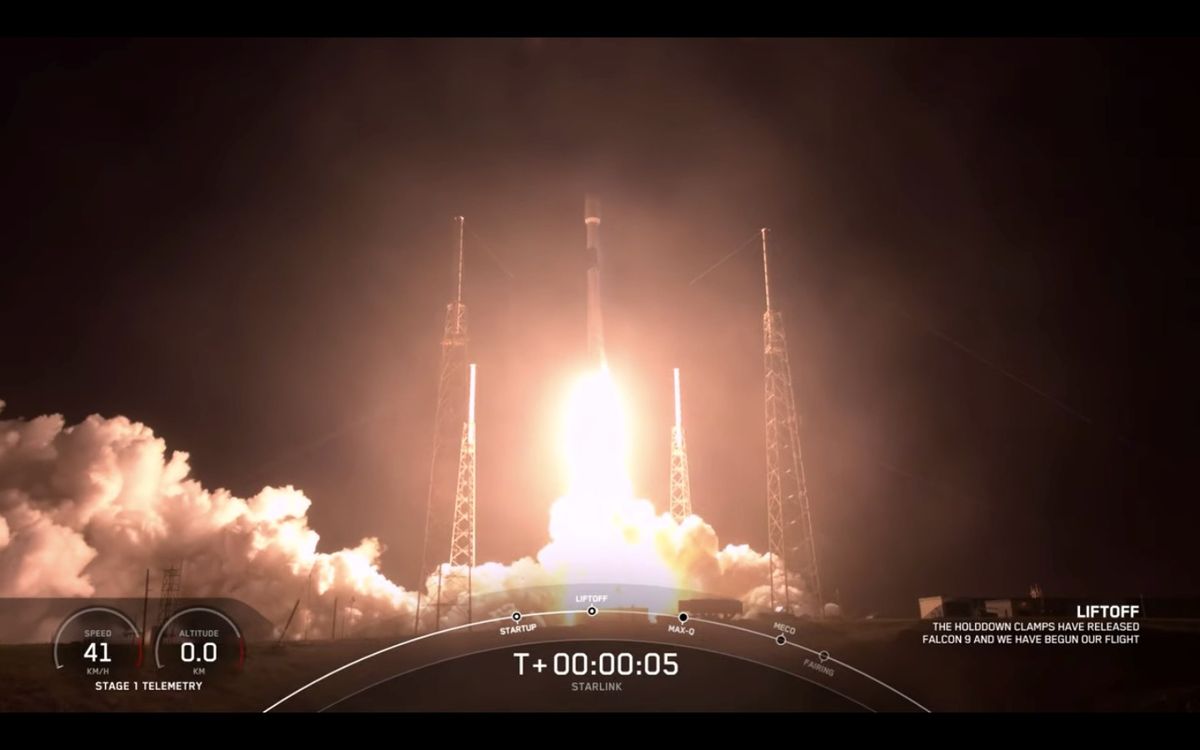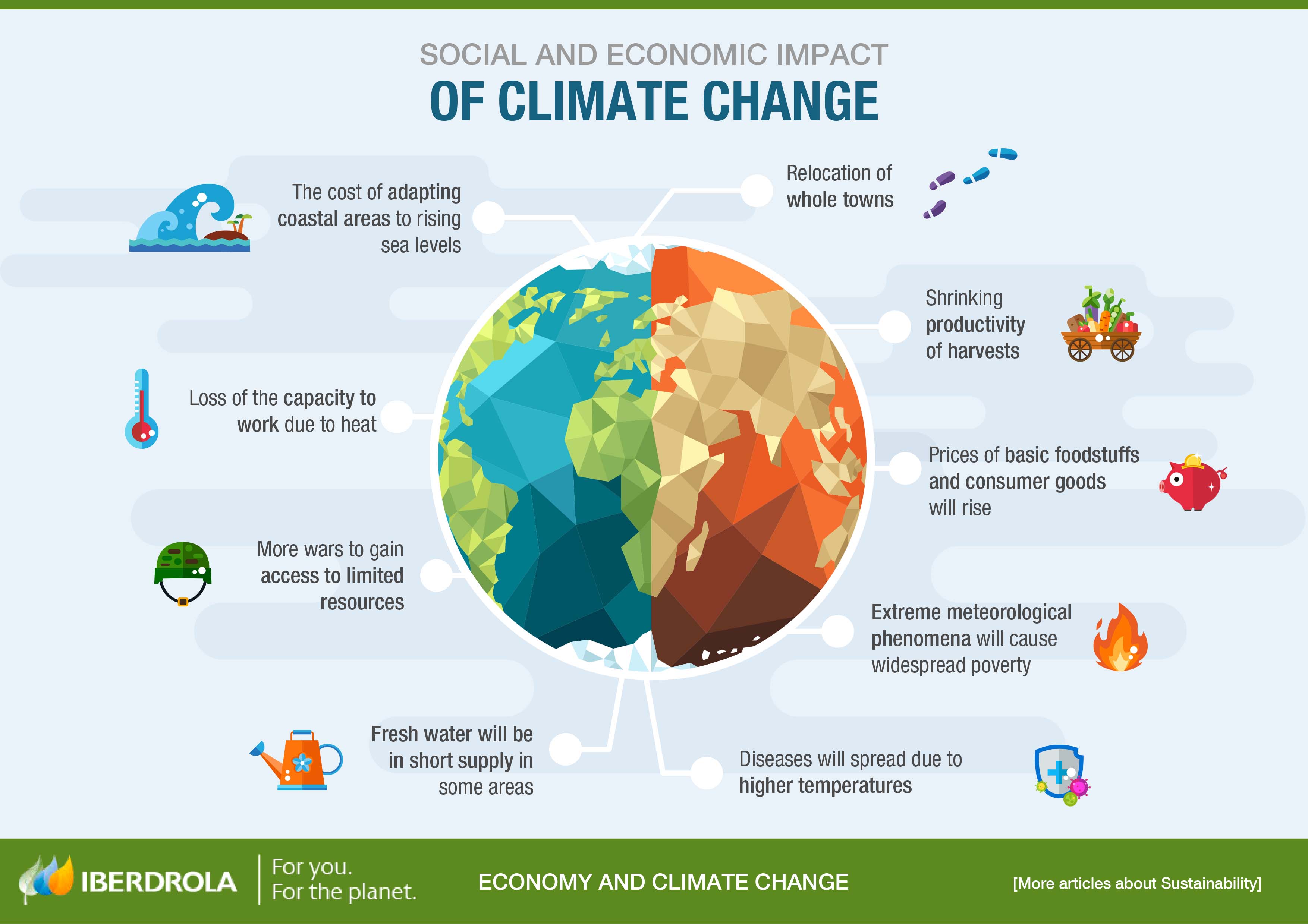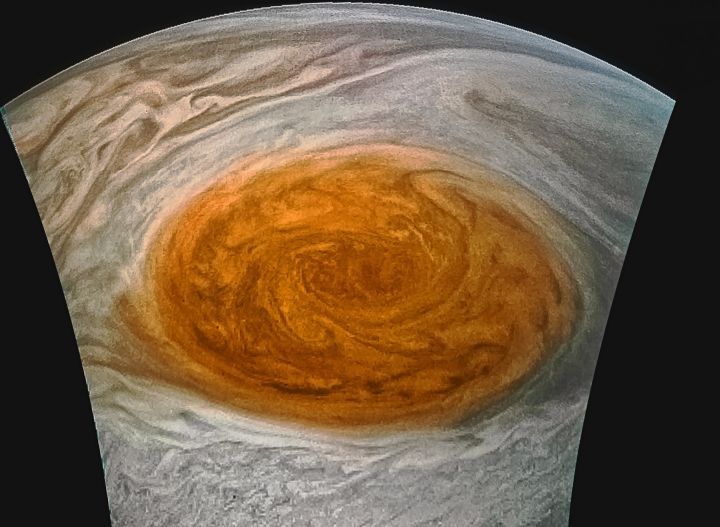Anyone who has been on Twitter, or the internet, for the matter, in recent years is sure to have come across the antics of Elon Musk. Whether it be because of his marrying of hyperpop/ electric grunge artist Grimes, his being a billionaire, Azealia Banks breaking in and hiding in his mansion for several days, his son’s name being X Æ A-12, or, most relevant to this blog post, his plans to colonize Mars by 2050, you are sure to have heard of him (there is so much more on top of this too). By 2026, he plans on having put the first human on Mars with his SpaceX company. While the idea of colonizing Mars seems super cool and cutting edge, there are many things that make this venture seem nowhere near possible anytime soon. Mainly, it is the lack of an atmosphere. Musk has proposed many ideas that seem outlandish today, but I wouldn’t underestimate the ability of someone as rich and smart as him. Some of these ideas include redirecting small asteroids towards Mars, setting off of nuclear bombs above the ice caps to melt them, living in a glass dome, etc. He does address potential pitfalls, however, stating that the city shouldn’t be inhabited until it is fully sustainable and can survive independent of the Earth. Many other scientists highlight the potential dangers of living on Mars, such as boiling blood or deteriorating muscles. While, again, the prospect of living on Mars sounds cool, until there is an atmosphere that is comparable to Earth’s, I’ll be just fine staying here.
July 2025 S M T W T F S 1 2 3 4 5 6 7 8 9 10 11 12 13 14 15 16 17 18 19 20 21 22 23 24 25 26 27 28 29 30 31 Archives
- December 2024
- November 2024
- October 2024
- September 2024
- August 2024
- April 2024
- March 2024
- February 2024
- January 2024
- May 2023
- April 2023
- March 2023
- February 2023
- January 2023
- May 2022
- April 2022
- March 2022
- February 2022
- January 2022
- May 2021
- April 2021
- March 2021
- February 2021
- January 2021
- April 2020
- March 2020
- February 2020
- January 2020
- May 2019
- April 2019
- March 2019
- February 2019
- January 2019
- May 2018
- April 2018
- March 2018
- February 2018
- January 2018
- July 2017
- May 2017
- April 2017
- March 2017
- February 2017
- January 2017
- May 2016
- April 2016
- March 2016
- February 2016
- January 2016
- April 2015
- March 2015
- February 2015
- January 2015
- April 2014
- March 2014
- February 2014
- January 2014
- May 2013
- April 2013
- March 2013
- February 2013
- January 2013
- April 2012
- March 2012
- February 2012
Currently Used Categories
Tag Cloud
- astro201
- astro2110
- astrobiology
- astronomy
- blog1
- blog2
- blog3
- blog4
- blog5
- blog6
- blog7
- blog8
- blog9
- blog10
- brahe
- Class
- Comets
- Copernicus
- earth
- Europa
- extremophiles
- galilei
- galileo
- gravity
- history
- HW2
- HW6
- jupiter
- Kepler
- life
- Mars
- me
- Moon
- NASA
- Newton
- planets
- pluto
- saturn
- Solar System
- space
- technology
- telescopes
- tides
- Time
- Uncategorized








